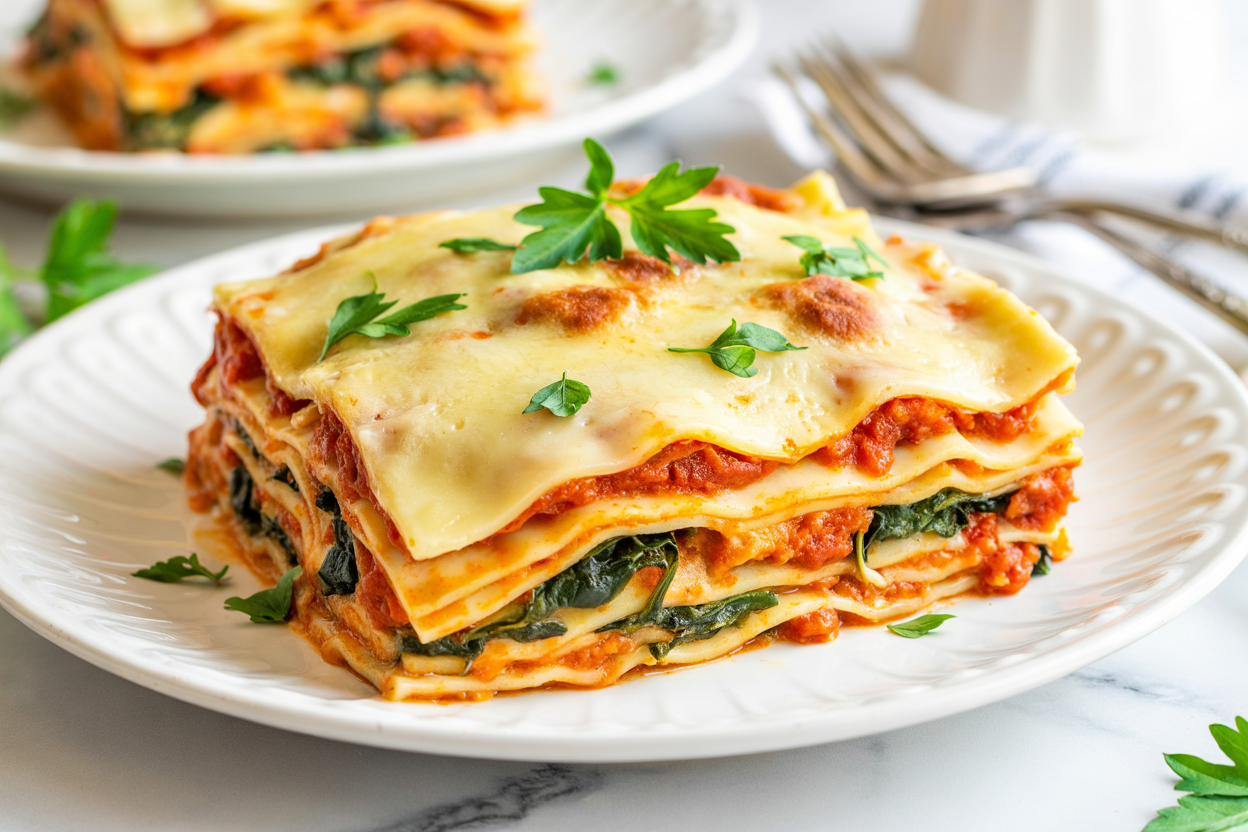Introduction:
Creating a garden space that is both beautiful and functional requires careful planning, especially when it comes to protecting your plants from pests and critters. A sturdy garden fence is essential for keeping unwanted visitors out and maintaining the integrity of your garden. If you’re looking for DIY garden fence ideas that are both durable and visually appealing, you’re in the right place. From classic wooden fences to creative repurposed materials, these 12 ideas will inspire you to create a protective barrier that enhances the beauty of your garden.
1. How to Build a Garden Fence
can provide security, privacy, and a decorative touch to your outdoor space. Start by measuring the area where you want to install the fence and gather all the necessary materials such as wooden posts, fence panels, and nails. Dig holes for the posts and set them in concrete to ensure stability. Attach the fence panels to the posts using nails or screws, making sure they are level and secure. Add a gate for easy access and apply a protective finish to the wood to prevent weather damage. Regular maintenance such as staining or painting will help extend the life of your garden fence. Enjoy the added beauty and functionality that a well-built garden fence can bring to your yard.
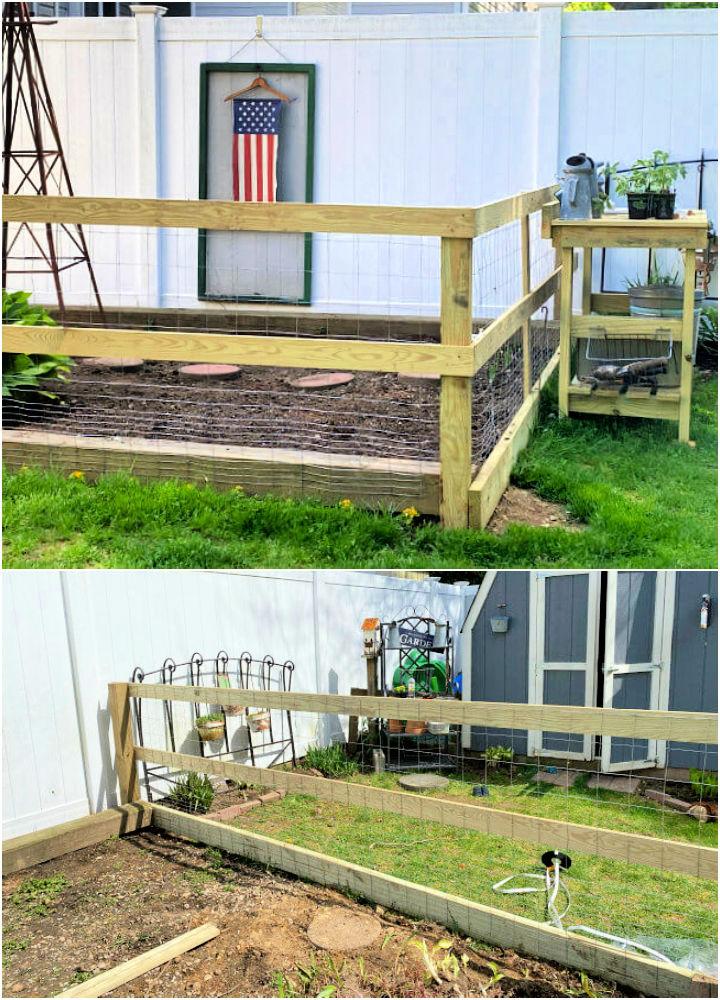
source: homeroad.net
2. DIY Hog Wire Garden Fence
If you’re looking for a sturdy and budget-friendly garden fence option, consider building a hog wire fence yourself. Hog wire, also known as cattle panel or livestock panel, is a durable and versatile material that can be easily installed to create a functional and attractive garden barrier. With some basic tools and materials, you can create a stylish and effective fence to protect your plants from animals and define the boundaries of your garden. This type of fence is perfect for those who want a modern and minimalist look, as the simple design of the hog wire panels can complement any garden style.
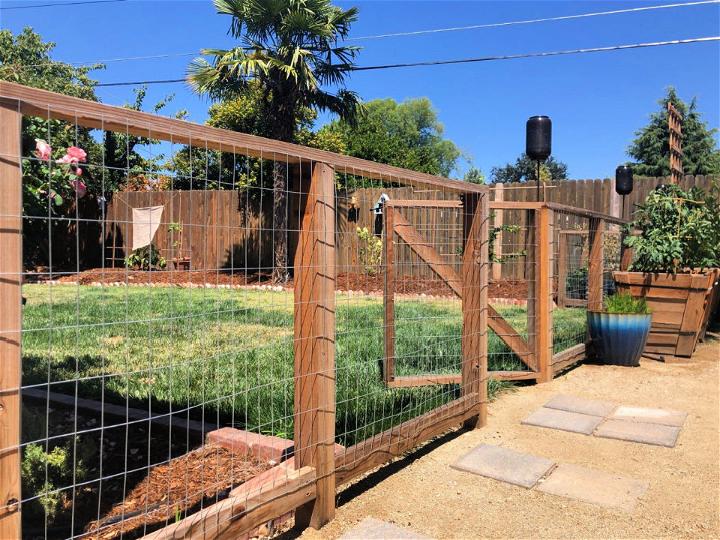
source: ourlibertyhouse.com
3. Custom Fence Plan
When it comes to creating a custom fence plan for your property, there are several factors to consider. First, think about the purpose of the fence. Are you looking for added security, privacy, or simply to enhance the aesthetic appeal of your home? Next, consider the materials you want to use. Wood, vinyl, aluminum, and chain-link are common options, each with their own benefits and drawbacks. Additionally, think about the design of the fence – do you want a traditional picket fence, a modern horizontal slat fence, or a decorative wrought iron fence? Finally, don’t forget to check with your local zoning laws and homeowners’ association guidelines to ensure that your custom fence plan complies with all regulations. By carefully planning and designing your custom fence, you can create a beautiful and functional addition to your property.
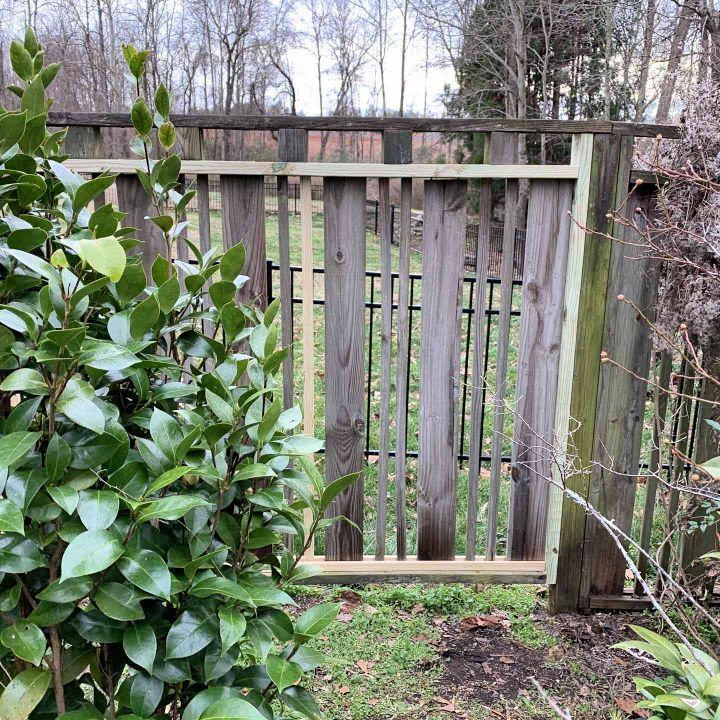
source: fromhousetohome.com
4. Vegetable Garden Fence
A vegetable garden fence is a crucial element in protecting your plants from pests and animals. By installing a fence around your garden, you can prevent rabbits, deer, and other critters from feasting on your hard-earned vegetables. It also serves as a boundary to keep out pets and children who may inadvertently trample or pick your plants. Choose a sturdy material like wire or wood that is tall enough to deter larger animals and bury it underground to prevent digging from burrowing pests. With a well-built vegetable garden fence, you can enjoy the fruits of your labor without worrying about unwanted visitors.
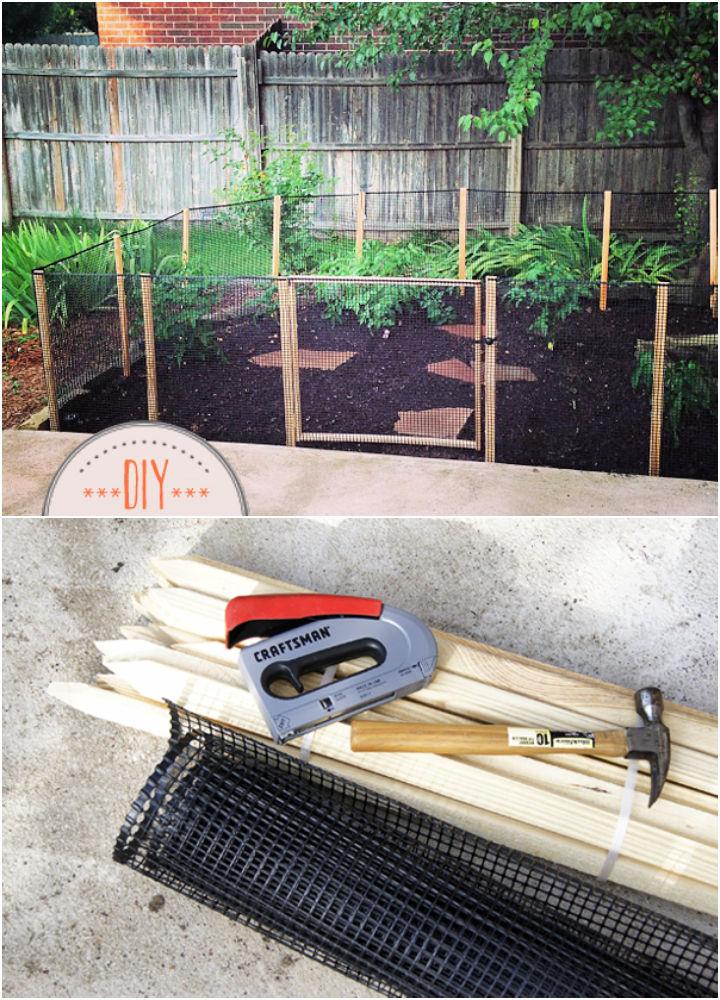
source: oheverythinghandmade.com
5. How to Make a Wooden Fence
Making a wooden fence can be a rewarding and cost-effective way to enhance the appearance and security of your property. To start, you’ll need to gather the necessary materials such as wood panels, posts, nails, and a hammer. Begin by measuring the area where you want the fence to be installed, then mark the locations for the posts. Dig holes for the posts and secure them in place with concrete. Next, attach the wood panels to the posts using nails or screws. Make sure the panels are level and evenly spaced. Finally, add a coat of sealant or paint to protect the wood from the elements. With careful planning and attention to detail, you can create a beautiful and durable wooden fence for your home.
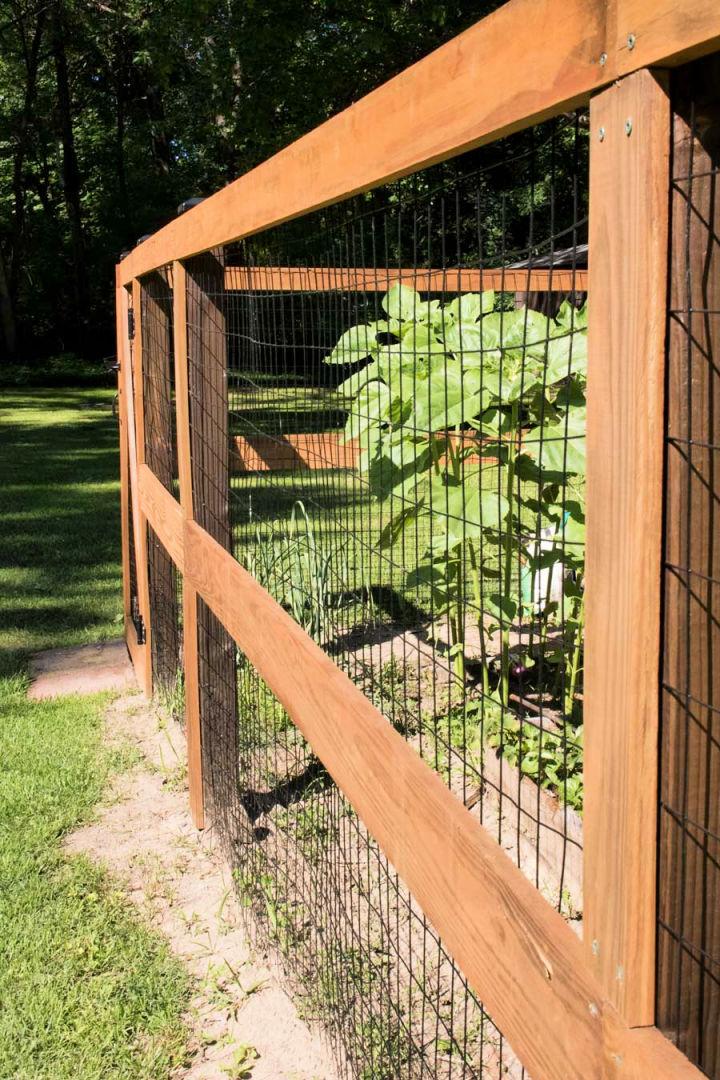
source: merrypad.com
6. Make Your Own Garden Fence
Creating your own garden fence can be a fun and rewarding project that adds a personal touch to your outdoor space. Start by deciding on the style and materials you want to use, such as wood, bamboo, or metal. Measure the area you want to fence off and gather the necessary supplies. Use posts to mark off the corners of your fence and dig holes for them to be secured in. Attach your chosen material to the posts, making sure to secure them tightly. Add any decorative elements or paint to personalize your fence. Enjoy the satisfaction of knowing you created a beautiful and functional barrier for your garden!
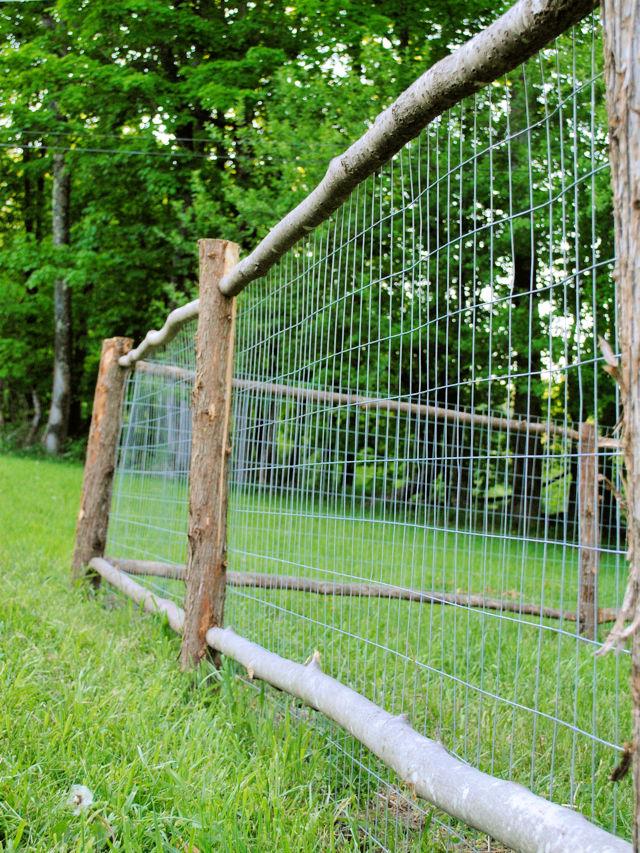
source: littledogvintage.blogspot.com
7. How to Install a Picket Fence
Installing a picket fence can add charm and security to your property. To begin, mark the fence line with stakes and string to ensure it is straight. Dig post holes every 6-8 feet along the line, making sure they are deep enough to provide stability. Place the posts in the holes and fill them with concrete to secure them in place. Next, attach horizontal rails to the posts, making sure they are level. Finally, attach the pickets to the rails, ensuring they are evenly spaced and the desired height. Finish by painting or staining the fence to protect it from the elements and enhance its appearance.
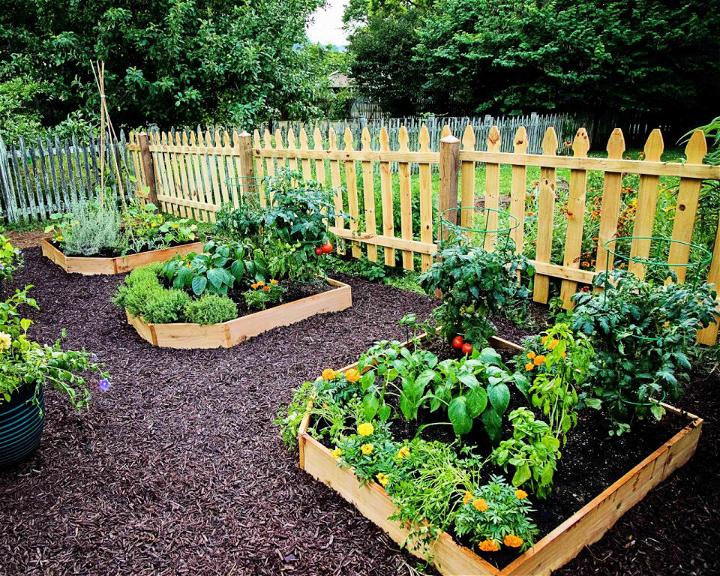
source: hgtv.com
8. DIY Raised Garden Bed Fence
Creating a raised garden bed fence is a great way to protect your plants from animals and pests while adding a decorative touch to your garden. To make a simple and cost-effective fence, you can use materials like PVC pipes, wire mesh, or wooden stakes. Measure the perimeter of your raised bed and cut the materials to size. Insert the fence posts into the corners of the bed and secure them with screws or zip ties. Then, attach the wire mesh or PVC pipes to the posts to create a barrier around your garden. This DIY project not only serves a practical purpose but also enhances the overall look of your garden.
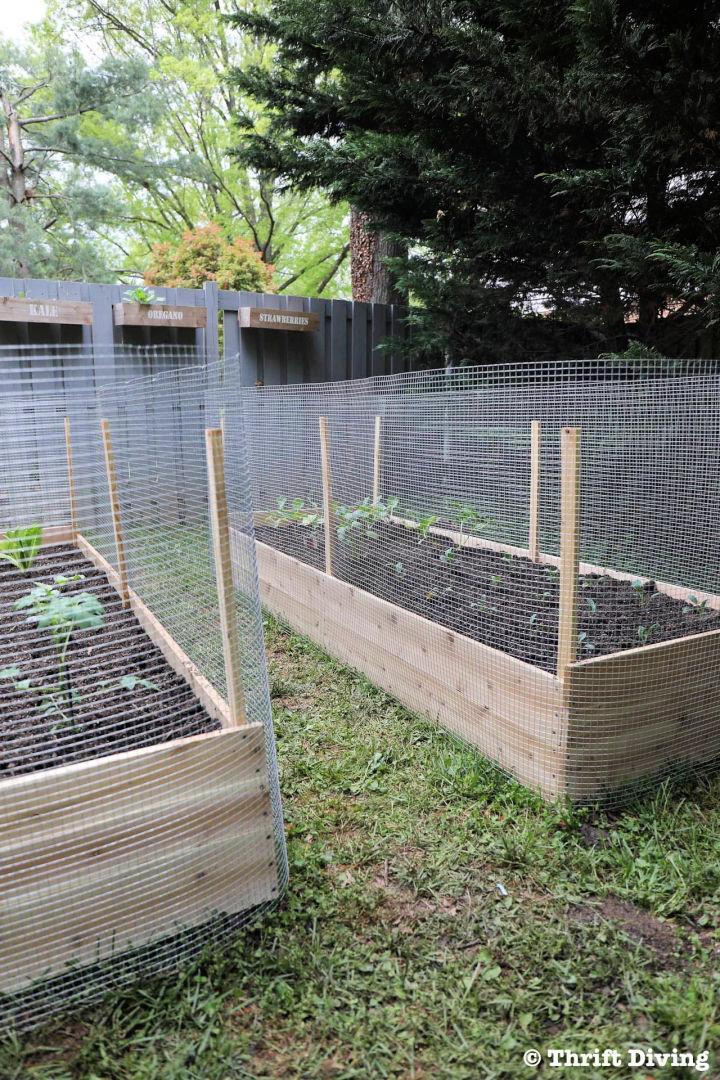
source: thriftdiving.com
9. Chain Link Fence Makeover
Chain link fences are a practical and durable option for many homes, but they can often look bland and unattractive. Luckily, there are several easy ways to give your chain link fence a makeover and enhance the overall look of your property. One popular option is to use vinyl slats to add color and privacy to the fence. Another option is to plant climbing vines or flowers along the fence to create a natural and beautiful barrier. Additionally, you could hang outdoor artwork or decorations on the fence to add personality and charm. With a little creativity and effort, you can transform your chain link fence into a stylish and eye-catching feature of your outdoor space.
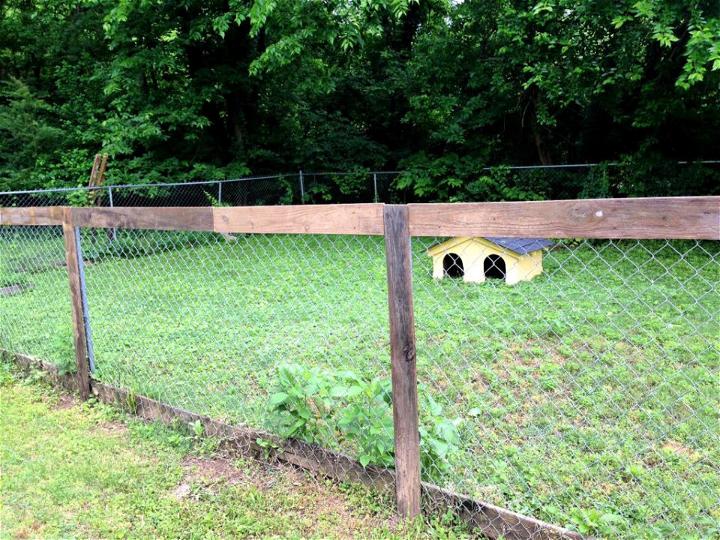
source: mominmusiccity.com
10. Small Fencing Fencing On Low Budget
When looking to add fencing to your property on a budget, there are several options available that can still provide security and aesthetic appeal. Opting for smaller fencing, such as picket or chain-link, can be more cost-effective than larger options like privacy fences. Additionally, choosing materials like vinyl or aluminum can be more affordable than traditional wood. DIY installation can also help save money on labor costs. By researching different styles and materials and planning carefully, it is possible to create a stylish and secure fencing solution without breaking the bank.
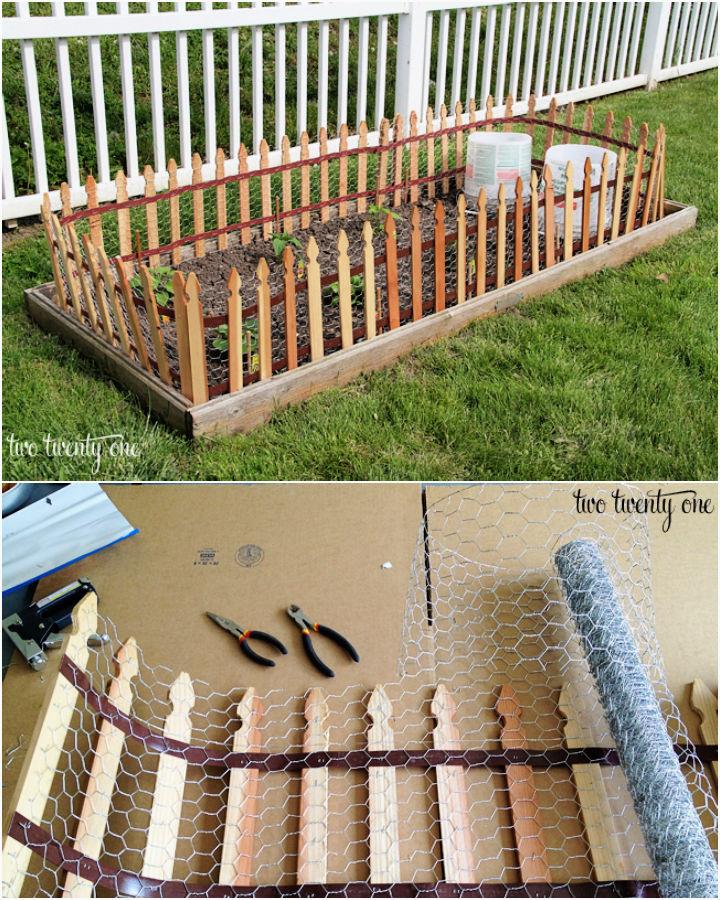
source: twotwentyone.net
11. Install a Critter Proof Garden Fence
Installing a critter-proof garden fence is essential for protecting your plants and vegetables from being destroyed by unwanted animals such as rabbits, deer, and squirrels. By creating a physical barrier around your garden, you can prevent these critters from accessing your crops and causing damage. There are various types of fences available, such as wire mesh, chicken wire, or electric fencing, that can effectively deter animals from entering your garden. It’s important to ensure that the fence is tall enough and buried deep enough into the ground to prevent animals from burrowing underneath. By taking the time to install a critter-proof garden fence, you can enjoy a bountiful harvest without the worry of pests ruining your hard work.

source: thisoldhouse.com
12. Best Homemade Garden Fence
Creating a homemade garden fence can be a fun and rewarding DIY project. One of the best options for a homemade garden fence is using wooden pallets. Pallets are affordable, easy to find, and can be repurposed into a sturdy and attractive fence. Simply disassemble the pallets and arrange the slats in a desired pattern to create a unique and functional barrier for your garden. You can also paint or stain the wood to match your garden’s aesthetic. This homemade garden fence is not only cost-effective, but it also adds a charming rustic touch to your outdoor space.
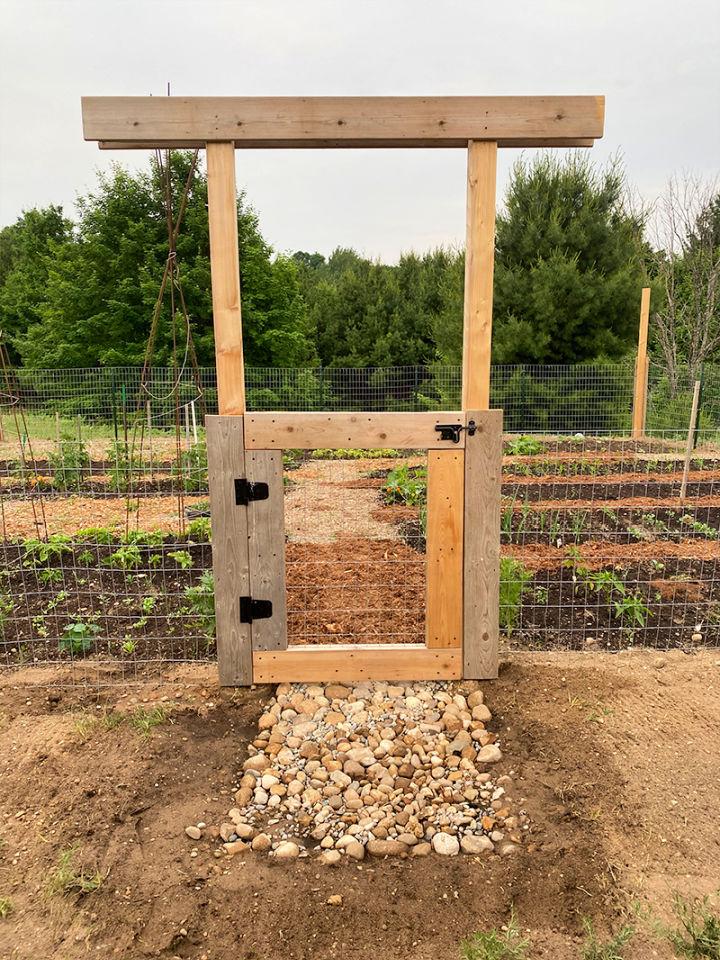
source: freshexchange.com
FAQ:
What are some benefits of DIY garden fences?
Answer: DIY garden fences can be cost-effective, customizable, and allow you to choose the materials that best suit your needs.
Which materials are commonly used for DIY garden fences?
Answer: Common materials include wood, bamboo, metal, vinyl, and wire mesh.
How tall should a garden fence be for optimal protection?
Answer: The height of a garden fence will depend on the type of animals you are trying to keep out; generally, a fence should be at least 4-6 feet tall.
Are there any eco-friendly options for DIY garden fences?
Answer: Yes, you can use sustainable materials such as bamboo or recycled wood to create an eco-friendly garden fence.
How can I make my DIY garden fence more aesthetically pleasing?
Answer: You can paint or stain the fence, add decorative elements such as plants or lights, or choose a unique design for the fence panels.
Conclusion:
In conclusion, protecting your garden with a durable fence is essential for keeping out pests and ensuring the safety of your plants. These 12 DIY garden fence ideas offer creative and cost-effective solutions for creating a barrier that is both functional and aesthetically pleasing. Whether you choose a classic picket fence, a modern metal design, or a natural bamboo option, there are plenty of options to suit your style and needs. By taking the time to invest in a sturdy garden fence, you can enjoy a thriving garden for years to come.



